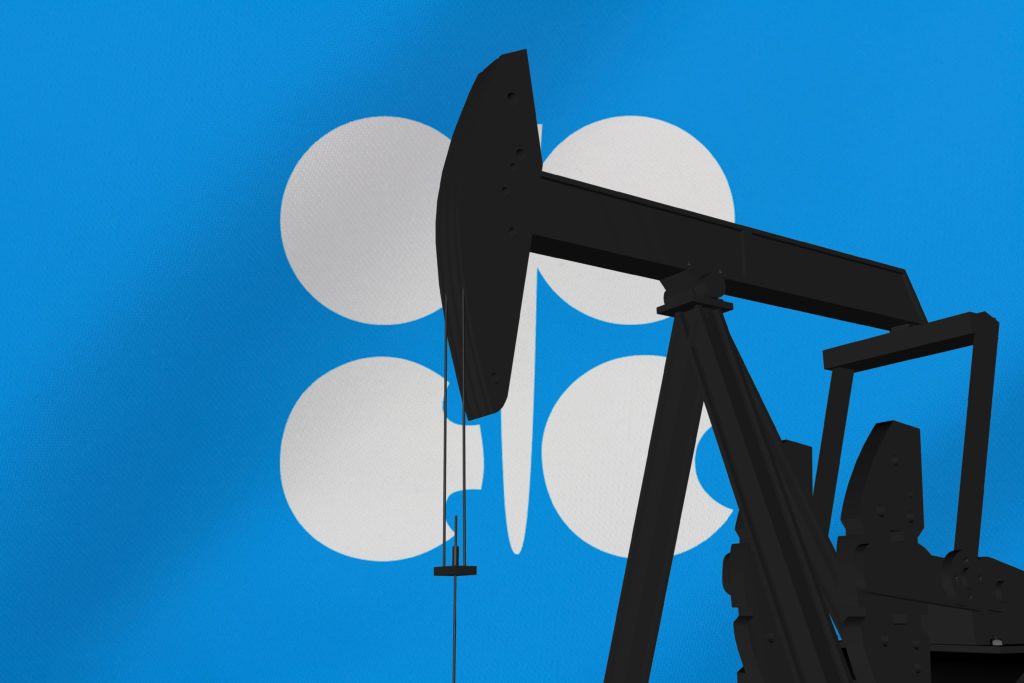BAKU
Azerbaijan is set to increase oil production by 7,000 barrels per day (bpd) in March to 675,000 bpd under a fresh decision made by the OPEC+ group of oil-producing nations that Baku has welcomed.
As the COVID-19 pandemic disrupted production as well as demand for oil, OPEC+, a group of the Organisation of the Petroleum Exporting Countries (OPEC) and allied producers of which Azerbaijan is a member, cut output by a little more than 7 million bpd to support prices and reduce oversupply. Other former Soviet oil-producing countries, Russia and Kazakhstan, are also OPEC+ members.
In April 2021, members of the group agreed to ease cuts gradually from May. The new deal agreed in September envisaged a further increase by 400,000 bpd “until the parties agree to lift the restrictions”, but Azerbaijan’s oil production would still be below 718,000 bpd produced in October 2018, when members of OPEC+ agreed to reduce oil production gradually.
Azerbaijan is set to produce 661,000 bpd in January, 668,000 bpd in February and 675,000 bpd in March.
The energy-rich country produced 597,100 bpd of oil in December, up from 588,900 bpd produced in November last year. The total production of oil and gas condensate was 717,600 bpd.
Most of Azerbaijan’s oil production comes from the giant offshore Azeri-Chirag-Guneshli (ACG) oilfields, developed by a BP-led consortium. The country uses the Baku-Tbilisi-Ceyhan (BTC) pipeline via Georgia and Turkey to export oil from the ACG. It also exports oil through the Baku-Novorossiisk pipeline via Russia, the Baku-Supsa pipeline via Georgia and by rail in Georgia.
BP said in August that oil output at its projects in Azerbaijan declined to 468,000 bpd in the first half of 2021 from 498,000 bpd a year earlier.
In 2020, Azerbaijan produced 34.585 million tonnes of oil and gas condensate, while natural gas output was 36.713 billion cubic metres (bcm).

